The Catshark has many names
The catshark is known by many other names, ‘lesser spotted dogfish’, ‘rough hound’ or even rock salmon. One time they were fished and sold in fish & chip shops as rock salmon but today they are not commercially fished in Ireland. Which every name you know it by the Catshark is a beautiful fish to observe when diving. They are common in Ireland so you will probably see them if you do some diving here in Cork. Catsharks, like all sharks, are graceful swimmer, and you are not left in any doubt that they are a shark when you see them swim.
What does a Catshark Look Like?
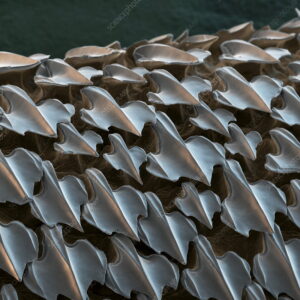
Cat Shark skin under the microscope
Catsharks have a slender body and a blunt head. There are two dorsal fins located towards the tail end of the body. Dark spots and blotches cover the skin on the fish’s back while the underside is a light greyish white. The Catshark, like all sharks, have very rough skin, covered in hard “dermal denticles” – which literally means “tiny skin teeth”.
If you were to rub it the wrong way, (of course we do not touch the Marine life) they are very coarse like sandpaper but it provides the shark with an effective chain-mail like protection. (In years past shipwrights used cat shark skin in place of sandpaper). These tiny scales or skin teeth deflect the water as the shark swims this makes it much easier for the shark to move. The shark’s nostrils are located on the underside of its snout and are connected to its mouth by a curved groove. When threatened, they curl up into a donut shape – probably to look bigger and harder to eat!
How to Identify a Catshark
You will easily identify a catshark or dogfish. The only other fish you might confused with it is the large spotted dogfish (also known as the nurse hound or bull huss). The large spotted dogfish is not as common as the lesser spotted dogfish. The main differences you will see between them are the Large Spotted Dogfish is bigger, it has bigger and more widely spaced spots on the body. It has nasal grooves which do not meet the mouth, whereas the nasal grooves of the lesser spotted dogfish do meet the mouth.
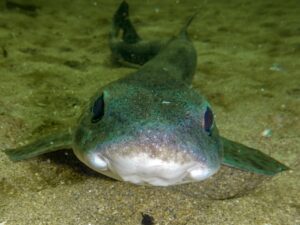
shark’s nostrils are located on the underside of its snout and are connected to the mouth by a curved groove
What do Catsharks Eat?
Catsharks are predators and feed on a wide variety of organisms, mainly crustaceans, molluscs and small fishes. Researchers have found that their dietary preferences change with age; younger animals appear to prefer small crustaceans, while older animals prefer hermit crabs and molluscs.
There are no significant differences in feeding habits between male and female. Juveniles feed by anchoring the prey item on the dermal denticles near their tail, and tearing bite-sized pieces off with rapid head and jaw movements, a behaviour known as “scale rasping”. Use of dermal denticles to assist in feeding was first documented in this species.
Reproduction
Cat Sharks lay egg cases which are protected by a horny capsule with long tendrils. It is often known by the common name of a Mermaids Purse. Egg cases are mostly laid on seaweed in shallow coastal waters. When the egg cases are deposited farther from shore, they are placed on sessile erect invertebrates. (Sessile invertebrates are those animals without backbones that are attached to the reef. The most common groups encountered are barnacles, anemones, hydroids, bryozoans, sponges, tubeworms, and sea squirts)
The Egg cases usually measure 4cm by 2cm. The embryos develop for 5–11 months depending on the sea temperature, and the young are born measuring between 9–10cm.
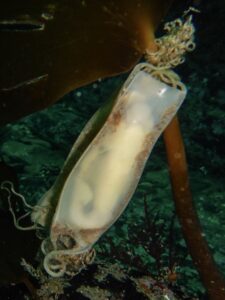 The females can grow up to 52-65cm while the males are generally smaller at 49-55cm. The breeding season lasts between 10-11 months and they can lay up to 60 eggs a year.
The females can grow up to 52-65cm while the males are generally smaller at 49-55cm. The breeding season lasts between 10-11 months and they can lay up to 60 eggs a year.
On your next dive in Ireland look out for this beautiful shark and don’t forget to also look for their mermaids purse. You will sometimes see the little shark moving inside the leathery case when it is close to hatching.
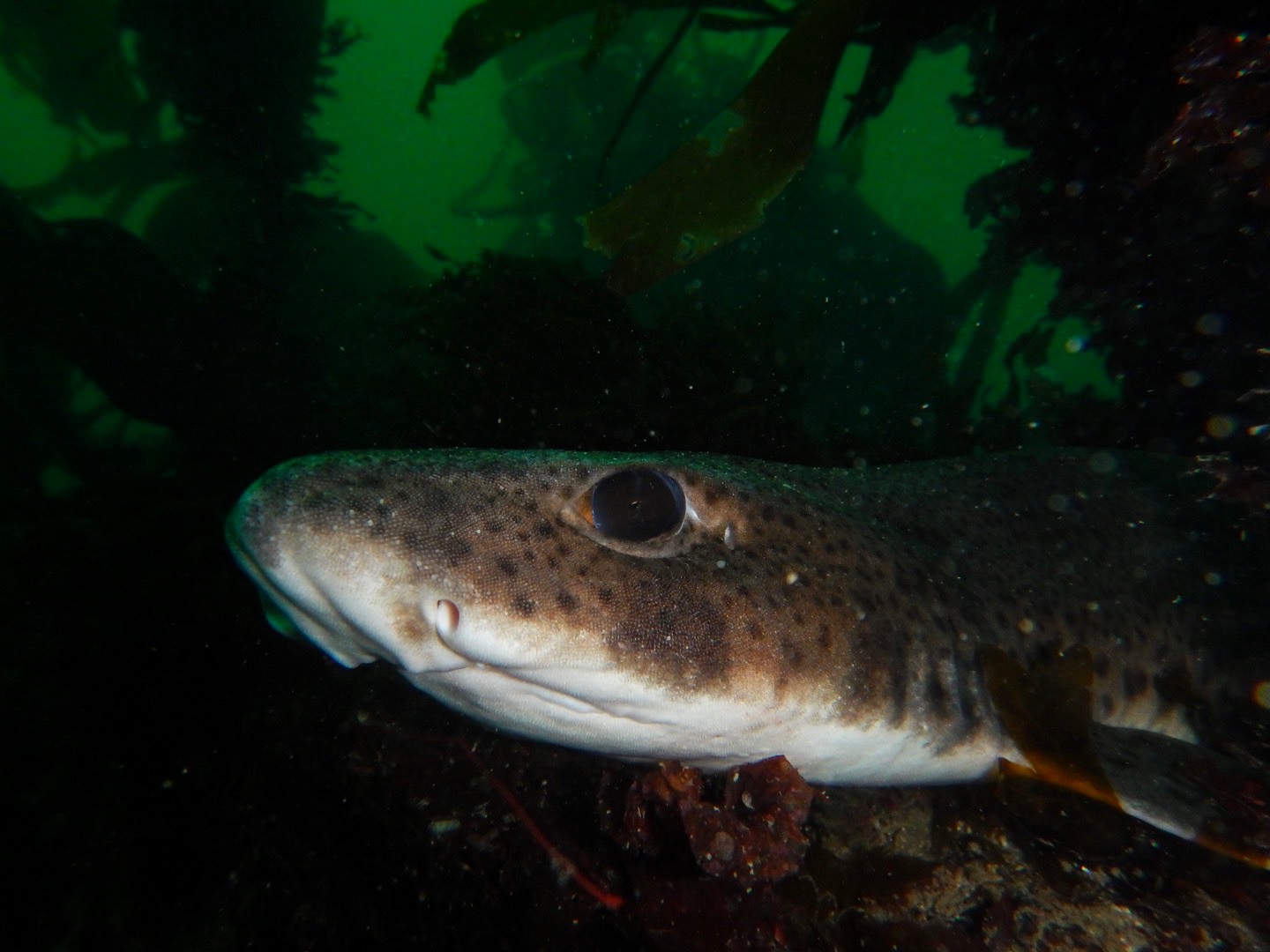
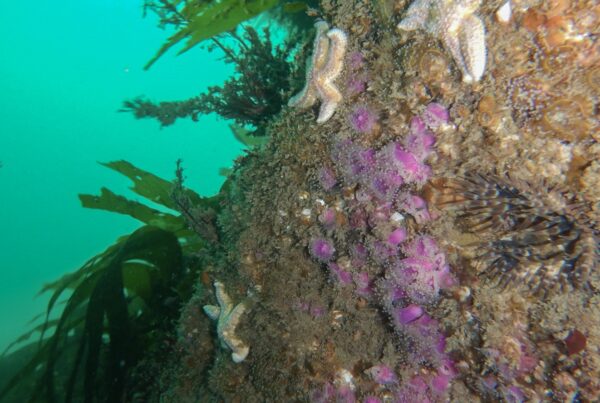
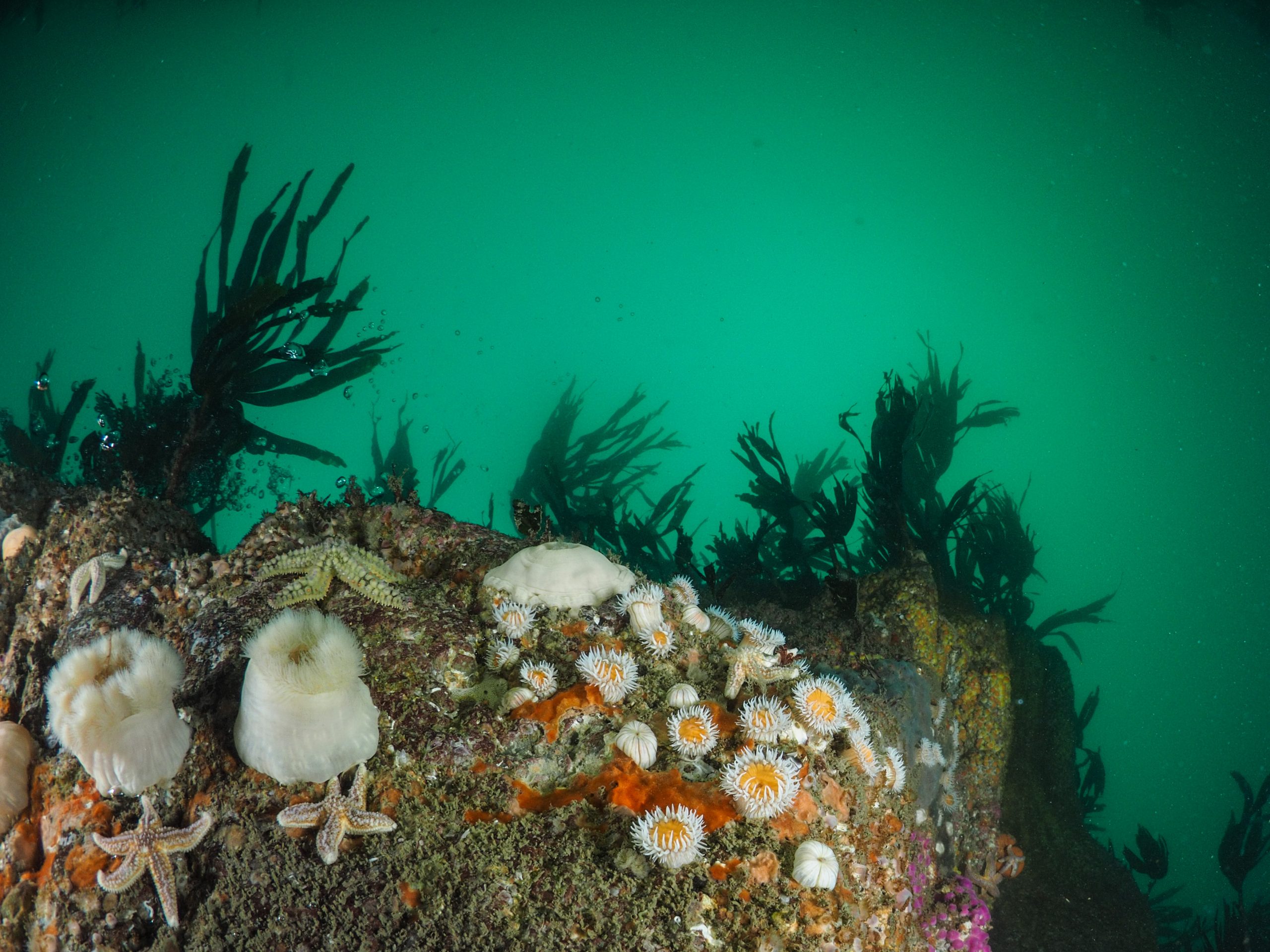
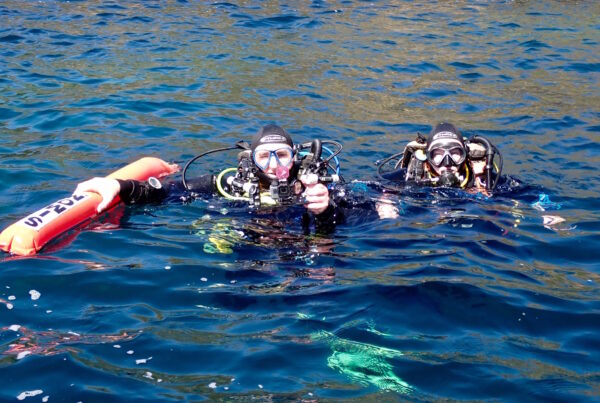




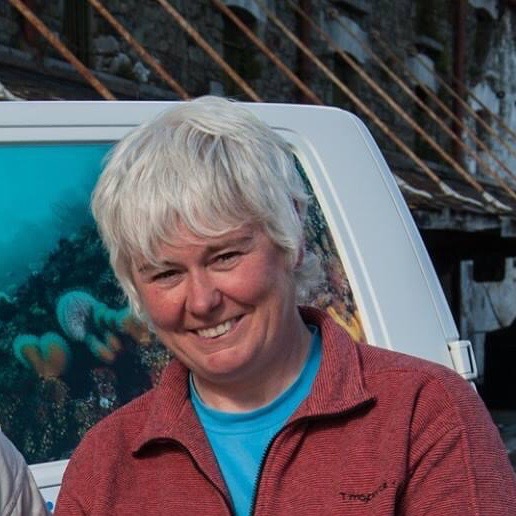

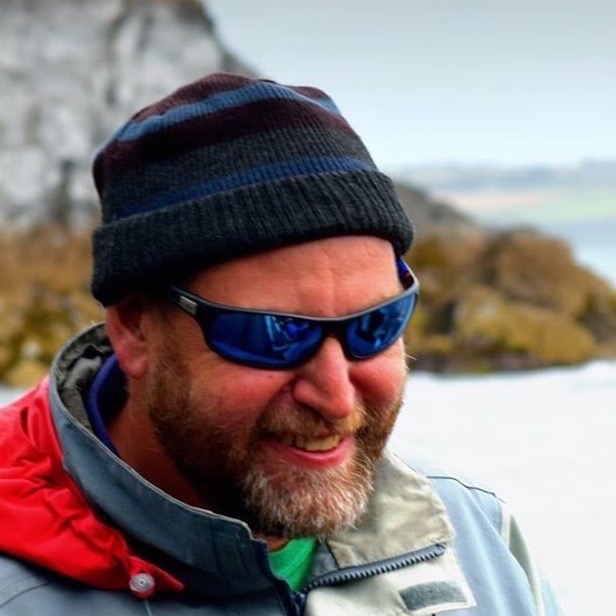
Very interesting.I live/work in the middle of Australia a long way from the Pacific,Southern and Indian oceans, I still manage to dive every three months or so.
Will be in Ireland 2025 and look forward diving with you guys.
Regards Mark Dignam.
Hi Mark, Sorry for late reply. would love to share some stories about diving in your area if you manage to get over to us. Until then Safe diving. Regards,
Anne